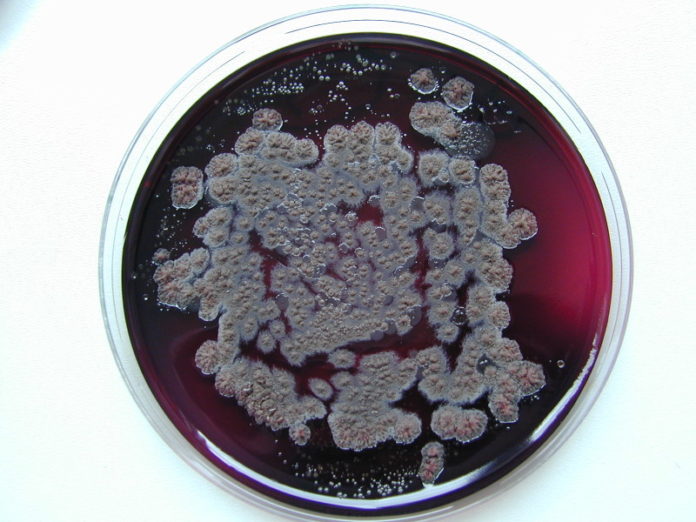
The literature describes Listeria as ubiquitous bacteria with widespread occurrence. Yet they only become a problem for humans and animals when they contaminate food processing facilities, multiply, and enter the food chain in high concentrations. An infection with Listeria monocytogenes can even be fatal for humans or animals with weakened immune systems.
Listeria in soil or water are not dangerous
“Listeria in soil or water represent a relatively low risk to humans,” explains study director Beatrix Stessl. “The concentrations are too low. The aim of our study was to ascertain where Listeria occur and which species and genotypes were prevalent there.” Martin Wagner, head of the Institute of Milk Hygiene, adds: “This information can help us to better understand the mechanisms through which these bacteria are spread.”
Flooding favors Listeria contamination
Over a period from 2007 to 2009, first author Kristina Linke and her colleagues collected nearly 500 soil and 70 water samples from three Austrian regions: the eastern Alps, the Donauauen National Park adjacent to the river Danube, and Lake Neusiedl. The study regions involved natural, non-agricultural areas. Of all samples, 30 percent were detected positive for Listeria. Of these, 6 percent were contaminated with Listeria monocytogenes, the only species that is potentially dangerous for both humans and animals. L. monocytogenes was detected especially near the rivers Schwarza and Danube. Particularly high rates of the bacteria in soil and water samples were registered in September 2007 during extensive flooding in the region.
In most regions, the researchers found only Listeria that are non-pathogenic to humans.
Thespecies Listeria ivanovii, which is potentially dangerous for animals, was found mainly in mountainous regions where the bacteria are presumably excreted by wildlife species. The non-pathogenic Listeria seeligeri was most frequently isolated in the region around Lake Neusiedl, which is likely explained by the waterfowl population in this area.
No Listeria were isolated in high-altitude mountain regions. The researchers explain the greater contamination at lower altitudes with the proximity to farms, agricultural land and the urban environment.
Antibiotic-resistant Listeria in soil
Although Listeria that contaminate food are generally not considered to be resistant to antibiotics, Stessl and her team found several Listeria strains in soil samples which resisted treatment with antibiotics. The bacteria have developed resistance. Stessl sees the possible causes as follows: “A number of soil microorganisms, such as fungi, naturally produce antibiotics. Listeria which are constantly exposed to these substances in the soil probably develop resistance. We believe, however, that the development of particularly high-resistant strains of Listeria can be explained by the proximity to agricultural land and the urban environment.”
Story Source:
The above story is based on materials provided by Veterinärmedizinische Universität Wien. Note: Materials may be edited for content and length.
Journal Reference:
- K. Linke, I. Ruckerl, K. Brugger, R. Karpiskova, J. Walland, S. Muri-Klinger, A. Tichy, M. Wagner, B. Stessl. Reservoirs of Listeria Species in Three Environmental Ecosystems. Applied and Environmental Microbiology, 2014; 80 (18): 5583 DOI: 10.1128/AEM.01018-14
